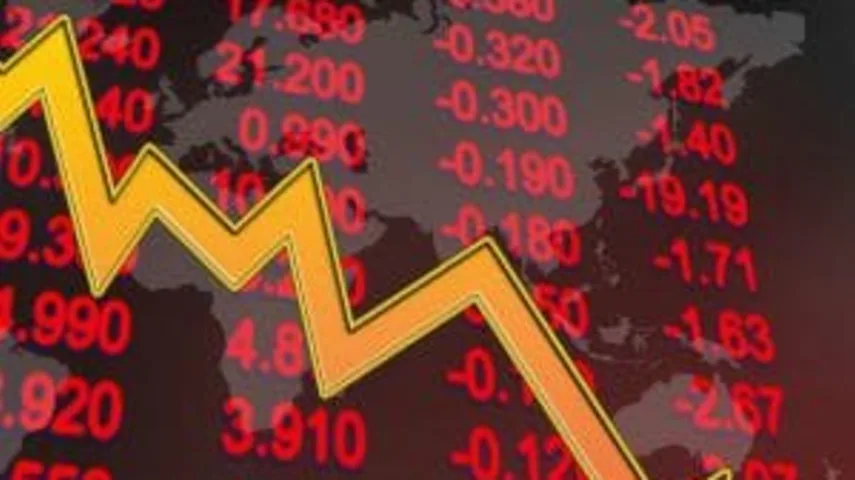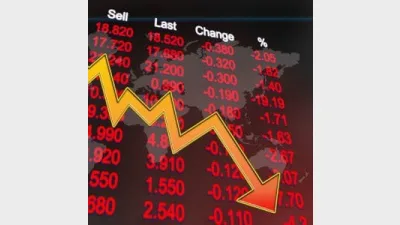Market correction of 5% to 10% likely: T. Rowe Price



T. Rowe Price’s shifting away from domestic cyclicals towards higher quality defensive businesses is evidence of its concerns around slowing growth, rising earnings risks, high valuations, and diminishing government and central bank support for markets.
According to T. Rowe Price’s head of Australian equities, Randal Jenneke, there was a “very real prospect” of a 5% to 10% market correction before the year is out, indicated by a fall in the iron ore price.
For him, the change in global liquidity was the next big issue for markets as tapering was approaching and the credit impulse of the world’s three largest economies was already negative.
Jenneke said the shift from positive half-year results came in the form of twice as many downgrades as upgrades for the 2022 financial year earnings growth estimates.
“Combined with earnings growth sliding into downgrade territory… we are likely to see investors become ever more focused on stock fundamentals,” he said.
Jenneke said the approaching annual general meeting season and broker conferences were more likely to disappoint “overly rosy market expectations”.
“Earnings downgrade cycles come in waves… only the first one has broken,” he said.
Recommended for you
Australian equities manager Datt Capital has built a retail-friendly version of its small-cap strategy for advisers, previously only available for wholesale investors.
The dominance of passive funds is having a knock-on effect on Australia’s M&A environment by creating a less responsive shareholder base, according to law firm Minter Ellison.
Morningstar Australasia is scrapping its controversial use of algorithm-driven Medalist ratings in Australia next year and confirmed all ratings will now be provided by human analysts.
LGT Wealth Management is maintaining a neutral stance on US equities going into 2026 as it is worried whether the hype around AI euphoria will continue.











